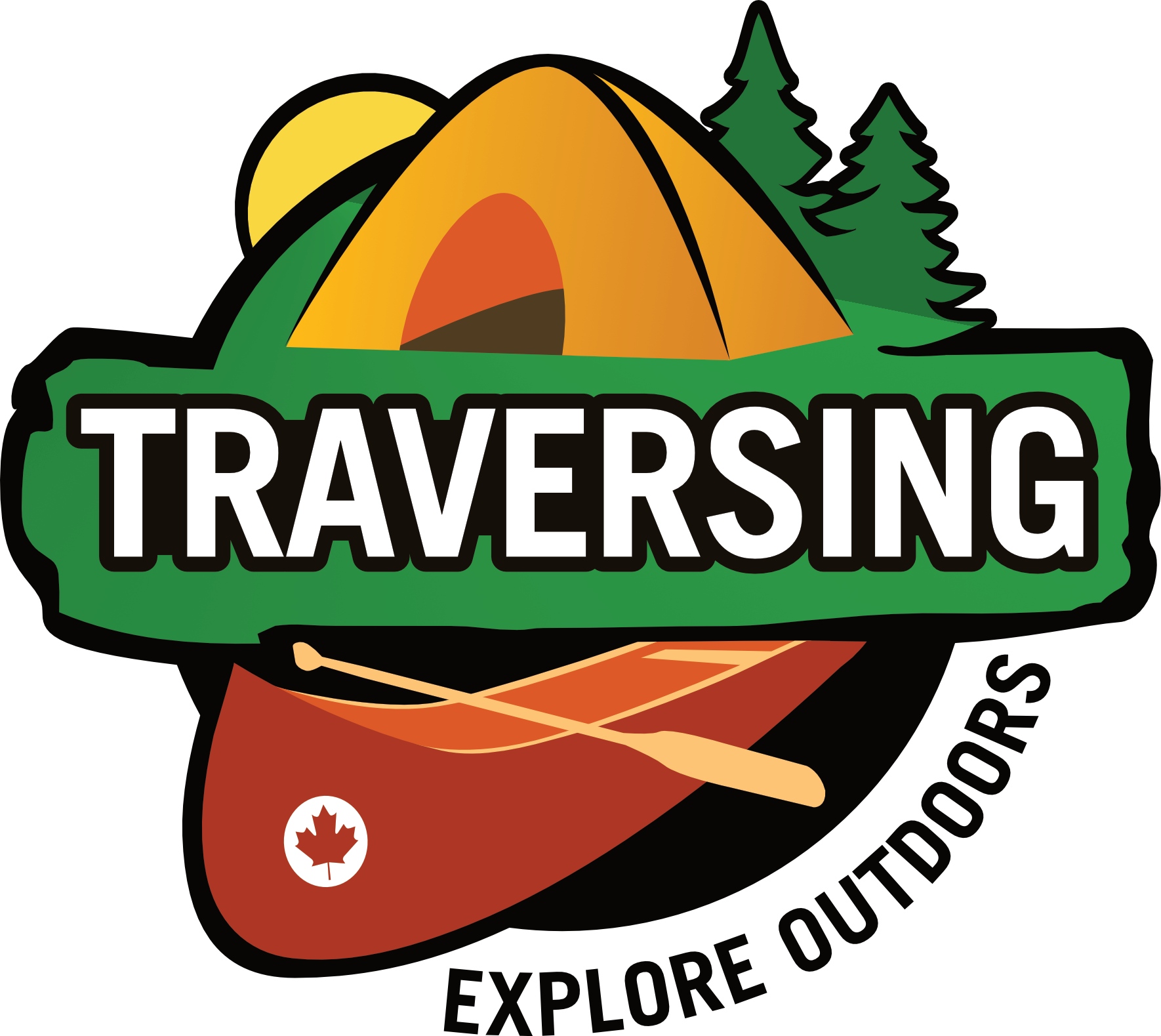Road Trips: Canoe Landing Park
When I first drove past Canoe Landing Park, I did a double-take. I don't often drive on the Gardner Expressway in Toronto, but I wasn't certain if it was my imagination, or did I just see an oversized Canoe sitting on the edge of a hill? After a second look, a smile creeped across my face and it felt like one of those "Only in Canada" moments. Sure enough, not only is there a massive canoe smack dab in the middle of Toronto, but you can actually visit it for free.
You can get to Canoe Landing Park, just off the Gardiner Expressway, by turning on to Dan Leckie Way (a bit of a difficult turn. If you aren't from Toronto, I would almost suggest parking on Front St. or King St. and waking down).
This privately funded urban park opened in 2009 and has a fair bit of Canadiana art. The paved pathway (easily accessible via wheelchair) leading up to the canoe is called the "Terry Fox Miracle Mile". The canoe itself is called "Tom Thomson's Canoe" and along with the "Iceberg Benches" near it, were designed by Douglas Copland. There are large fishing bobbers, an artistic beaver dam and colourful lighting that is quite nice to look at from dusk onwards. It was even ranked as one of the best places in Toronto to make out.
For me the essence of the park was to create a soul where one didn’t exist – to give life to the land.
Another key factor was also the fact that soon enough there are going to be thousands of people living there, and these people will have to form a community — so then how to give them a space they can share?
The two big moves were to establish a new relationship between the park site and Lake Ontario, and, of course, to build in the Miracle Mile.
The three main constructed pieces—the Canoe, the Dam and the Bobbers—are about water and the history of both Toronto and the country. The Canoe aims at both the lake and at the Gardiner Expressway, and in doing so creates a communal and almost giddy sense of friendliness, while the Dam and the Bobbers create a sense of futuristic Canadian energy. All three pieces aim to point people into the future, using the past as a propellant.
The landscaping is a way of creating various planes and surfaces that make people feel that they’re not only in a city, but also in a larger national landscape that is both civilized and wild. (I don’t want to second guess Greg, but I think that’s not inaccurate.) I’m surprised when people are so excited about a hill being built into the landscape …of course there’s a hill—this is Canada.
- Douglas Coupland



